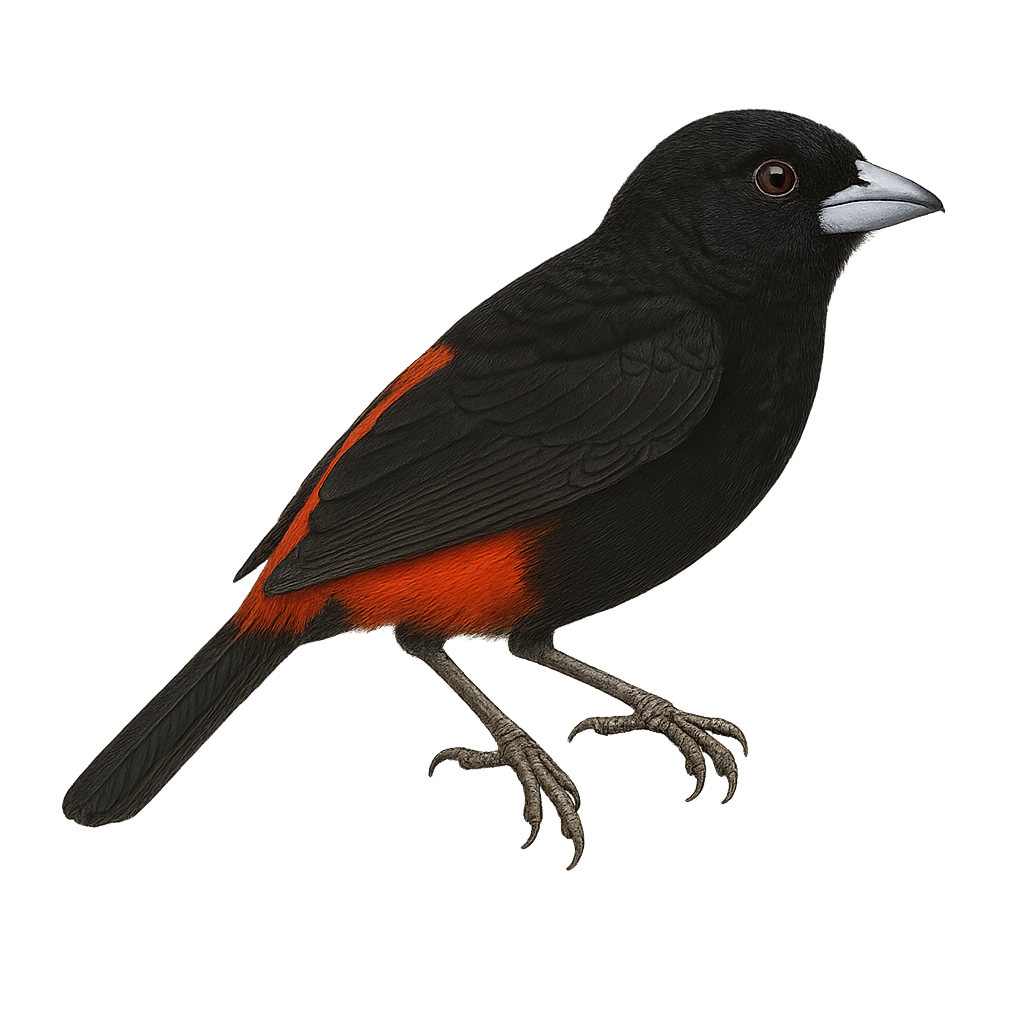Your wildlife photography guide.
Explore the passerini's tanager in detail, study its behavior, prepare your shots.
Where to observe and photograph the passerini's tanager in the wild
Learn where and when to spot the passerini's tanager in the wild, how to identify the species based on distinctive features, and what natural environments it inhabits. The WildlifePhotographer app offers tailored photography tips that reflect the passerini's tanager’s behavior, helping you capture better wildlife images. Explore the full species profile for key information including description, habitat, active periods, and approach techniques.
Passerini's Tanager
Scientific name: Ramphocelus passerinii

IUCN Status: Least Concern
Family: THRAUPIDAE
Group: Birds
Sensitivity to human approach: Suspicious
Minimum approach distance: 5 m
Courtship display: April to May
Incubation: 12-14 jours
Hatchings: April to June
Habitat:
tropical rainforests, forest edges, plantations
Activity period :
Primarily active during the day, with peak activity in the morning and late afternoon.
Identification and description:
The Passerini's Tanager, or Ramphocelus passerinii, is a colorful and fascinating bird found mainly in Central America, particularly in Costa Rica and Panama. This bird features a glossy black plumage with a bright red back, making it easily recognizable. Males and females show slight differences in coloration, with females having duller shades. They typically inhabit tropical rainforests, forest edges, and plantations, where they primarily feed on fruits and insects. Their song is soft and melodious, often heard at dawn. Although they are relatively tolerant of human presence, they prefer habitats with dense vegetation.
Recommended lens:
400 mm – adjust based on distance, desired framing (portrait or habitat), and approach conditions.
Photography tips:
To photograph the Passerini's Tanager, it is advisable to use a 400mm lens or longer to capture the details of its vibrant plumage without disturbing it. Look for it in tropical rainforests or plantations, where it is often active in the early morning. Be patient and discreet, as this bird can be suspicious. Use a tripod to stabilize your camera, especially in shaded areas where light may be low. Take advantage of moments when it is feeding or singing to get dynamic and natural shots.
The WildlifePhotographer App is coming soon!
Be the first to explore the best nature spots, track rutting seasons, log your observations, and observe more wildlife.
Already 1 432 wildlife lovers subscribed worldwide

